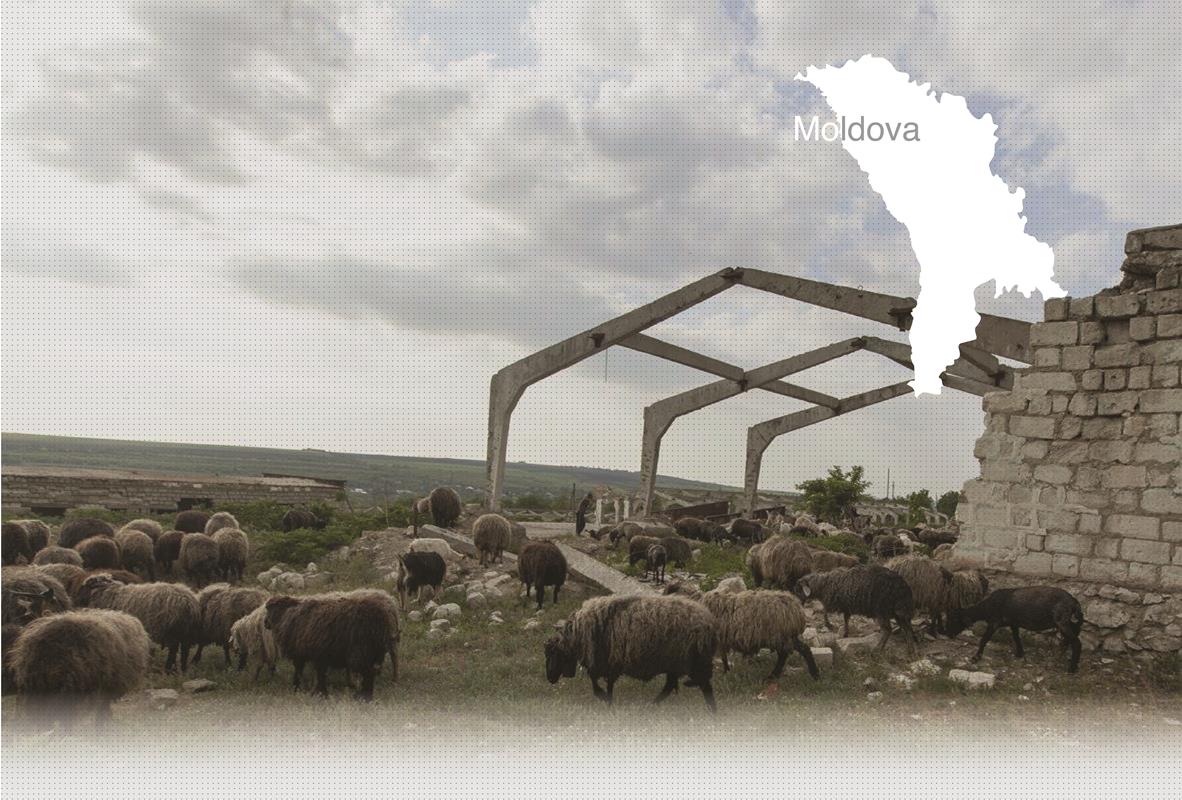

1 Killing site(s)
Vasile T., born in 1925: “Sometimes they fell right into the trench, and those who didn’t fall were pushed in by the Germans. The villagers who went there the next day said that the ground was still moving.” (Eyewitness N° 154, interviewed in Hîncești on August 24, 2013)
Hîncești is a town, located on the banks of the Cogalnic River, about 40km southwest of Chisinau. In 1940, the name of the city was changed to Kotovskoye (or Kotovks) and stayed the same under Soviet rule from 1945 till 1990. The Jewish community was rather large. In 1930, there were 1.523 Jews living in the town. There was a Jewish cemetery and a synagogue. The Jews were involved in small business, trade and craftsmanship. According to witness n° 154, interviewed by Yahad-In Unum, before the war, most of the Jews lived in the town center and owned shops. A famous Jewish poet who wrote in Yiddish, Yankl Yankelevich, lived here from 1905 to 1938. The town was occupied in the middle of 1941. Several Jews managed to evacuate beforehand.
Little is known about the fate of the Hincesti Jews according to the historical sources, but thanks to Yahad’s fieldwork and witness accounts, we know that right after the occupation of the town, the whole Jewish population was gathered and taken to the killing site outside of town, behind the bridge. According to witness n°154, the shooting was most likely carried out in July 1941 by Romanian gendarmes. There were more than 100 Jews, elderly people, children, men and women among them. They were shot, dressed, on the bare ground and afterwards, their corpses were thrown into the trench.
Do you have additional information regarding a village that you would like to share with Yahad ?
Please contact us at contact@yahadinunum.org
or by calling Yahad – In Unum at +33 (0) 1 53 20 13 17